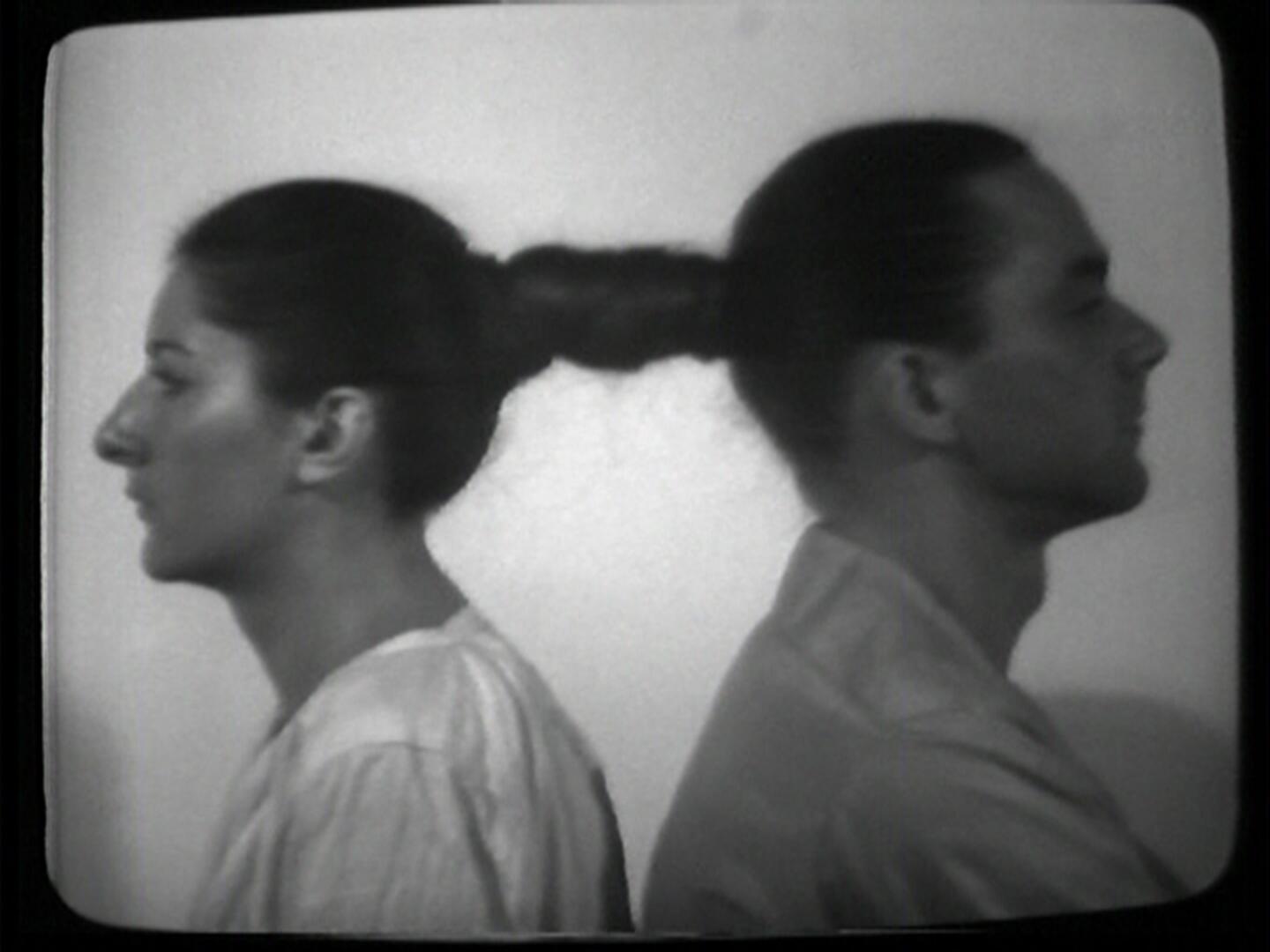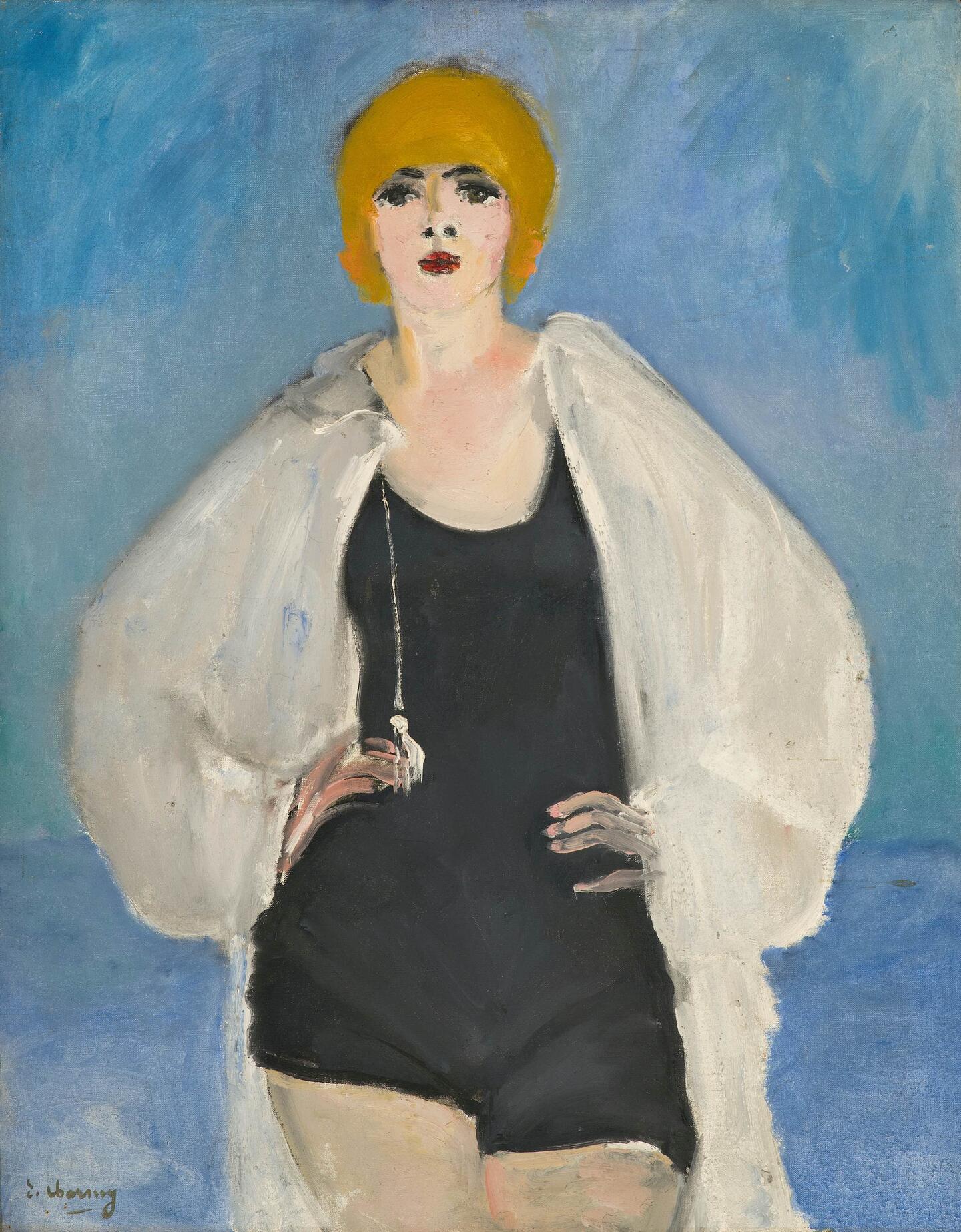This year’s Frieze Masters section at Frieze Seoul is an opportunity to see masterpieces from Asia in dialogue with important works from the West across 20 exceptional stands. Here are a few highlights.
Chu Weibor, Ju Ming, Yuyu Yang | Asia Art Center (M5)
Asia Art Center is presenting work by three Taiwanese artists who had a profound effect in shaping the country’s postwar art scene. Chu Weibor (1929–2018) was associated with the Ton Fan art group, and Yuyu Yang (1926–1997) with the Fifth Moon group, while the slightly younger sculptor Ju Ming (1938–2023) achieved fame both at home and internationally for his ‘Tai Chi’ series. All three artists’ work shows their drive to assimilate Western influences while maintaining Asian creative traditions, with highlights including Yang’s bronze Sika Deer and Chu’s Flow of Ideas, a work that has never been shown in public before.
Ulay | SPURS Gallery (M16)

Beijing’s SPURS Gallery is doing a solo presentation of Ulay (1943–2020) in Frieze Masters. Although best known for his work with partner and collaborator Marina Abramović (including their somewhat ill-fated Great Wall of China performance work in 1988), the German-born Ulay was a pioneer of Polaroid photography, and body and performance art. SPURS’s presentation focuses on his early career, including his radical art interventions, and ‘Auto-Polaroid’ and ‘Relation Works’ series.
Émilie Charmy | Galerie Bernard Bouche (M9)

Galerie Bernard Bouche is devoting its stand to the work of fellow Parisian Émilie Charmy (1878–1974). Long overlooked among her more famous modernist male contemporaries, Charmy is an intriguing artist. Fêted in her day – French novelist Colette wrote a text for her 1926 exhibition – she gradually fell out of the limelight, and after WWII became solitary and seen as anachronistic. But her expressive practice is starting to be reappraised. Many of Charmy’s paintings are of women, and she paints them with frankness and empathy, often in casual moments of introspection or repose.
Oh Su-Fan | Gana Art (M12)

A highlight of Gana Art’s selection of key Korean artists is the ‘God of Valley’ series by Oh Su-Fan (b.1946). This seminal body of work from the 1980s and ’90s is Oh’s attempt to explore nature through the twin prisms of Eastern philosophy and contemporary aesthetics. Through Oh’s carefully constructed visual language that employs thick, tactile layers of pigment and colour-field compositions, ‘God of Valley’ suggest that nature – like art – is both cyclical and regenerative.
Georges Braque | Régis Krampf Gallery (M19)

‘What does a cubist do after cubism?’ is the question answered by Régis Krampf Gallery in its presentation of Georges Braque’s ‘Post-Cubist Masterpieces’. These works from 1920 to 1960 show how Braque moved away from the movement he famously co-created. Following a serious head wound – and temporary blindness – received while fighting in WWI, Braque returned to painting with a more restrained and earthy palette and a more reflective voice. His later works often take nature, especially birds, as inspiration. Significant featured works include 1937 still life Les Rougets, Le Char (Conductrice III) from 1934 and Baigneuse II (1930–31).
Yu-ichi Inoue | Kotaro Nukaga Gallery (M6)

A pivotal artist in opening up Japanese aesthetics to an international audience, Yu-ichi Inoue (1916–1985) initially studied calligraphy, a discipline that became the basis of his practice. Inoue began showing his work internationally after WWII, participating in the São Paulo Biennial and Documenta. His compositions depart from the conventions of calligraphy, sometimes using a single kanji character on a huge scale, or densely covering the paper with repeated characters. Despite his recognition, Inoue continued to stand apart from both Japanese tradition and the Western avant-garde, avoiding publicity and ploughing his solitary and compelling furrow.
Chungji Lee | Sun Gallery (M14)

Chungji Lee (1943–2021) was the only Korean female abstract painter to pursue monochromatic painting throughout her career. Sun Gallery’s presentation in Frieze Masters highlights key works from the 1980s and 1990s. Lee’s work from the ’80s is characterized by an earthy palette and a technique involving paint rollers and knives, as she layered, scraped and marked her canvases. In the 1990s, Lee introduced script-like forms and a broader range of colours. Her ‘MU®UE’ series – on view in Masters – reveal a more philosophical and text-based abstraction. The neologism ‘MU®UE’ (mur: wall, rue: street) reflects one of Lee’s enduring themes: bridging obstacles and seeking new paths.
Further Information
Frieze Seoul, COEX, 3 – 6 September 2025.
Tickets available now. Become a Frieze Member for premier access, multi-day entry, exclusive guided tours, and more.
BUY NOW
For all the latest news from Frieze, sign up to the newsletter at frieze.com, follow @friezeofficial on Instagram and Frieze Official on Facebook.
Frieze Seoul is supported by Headline Partner LG OLED, in a collaboration that merges the worlds of art and technology, and Global Lead Partner Deutsche Bank, continuing over two decades of shared commitment to artistic excellence.
Main image: Oh Su-Fan, God of Valley 88–28, 1988. Mixed media on canvas, 193 x 258 cm. Courtesy: Gana Art
